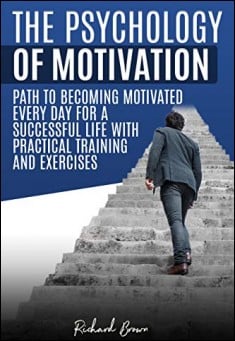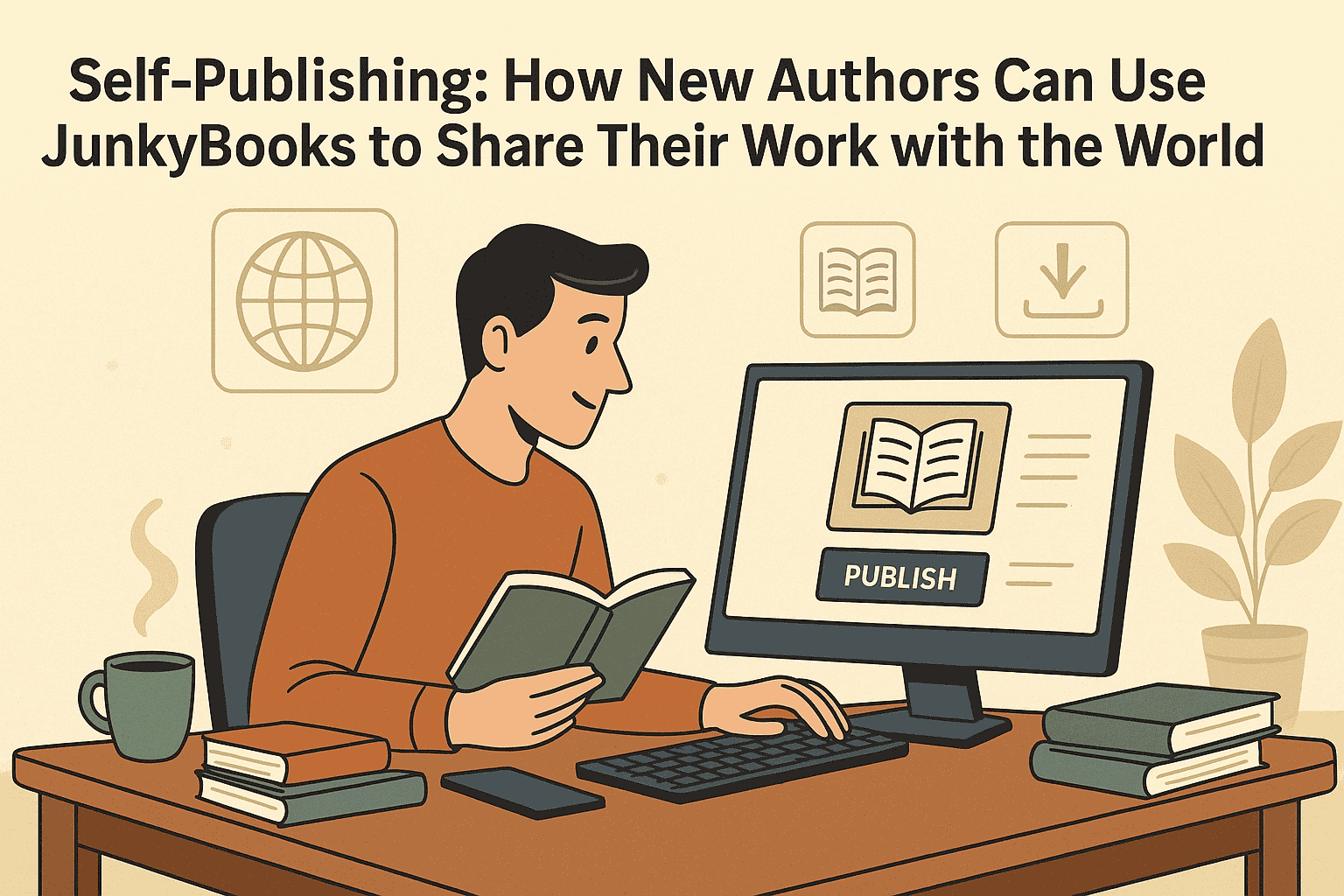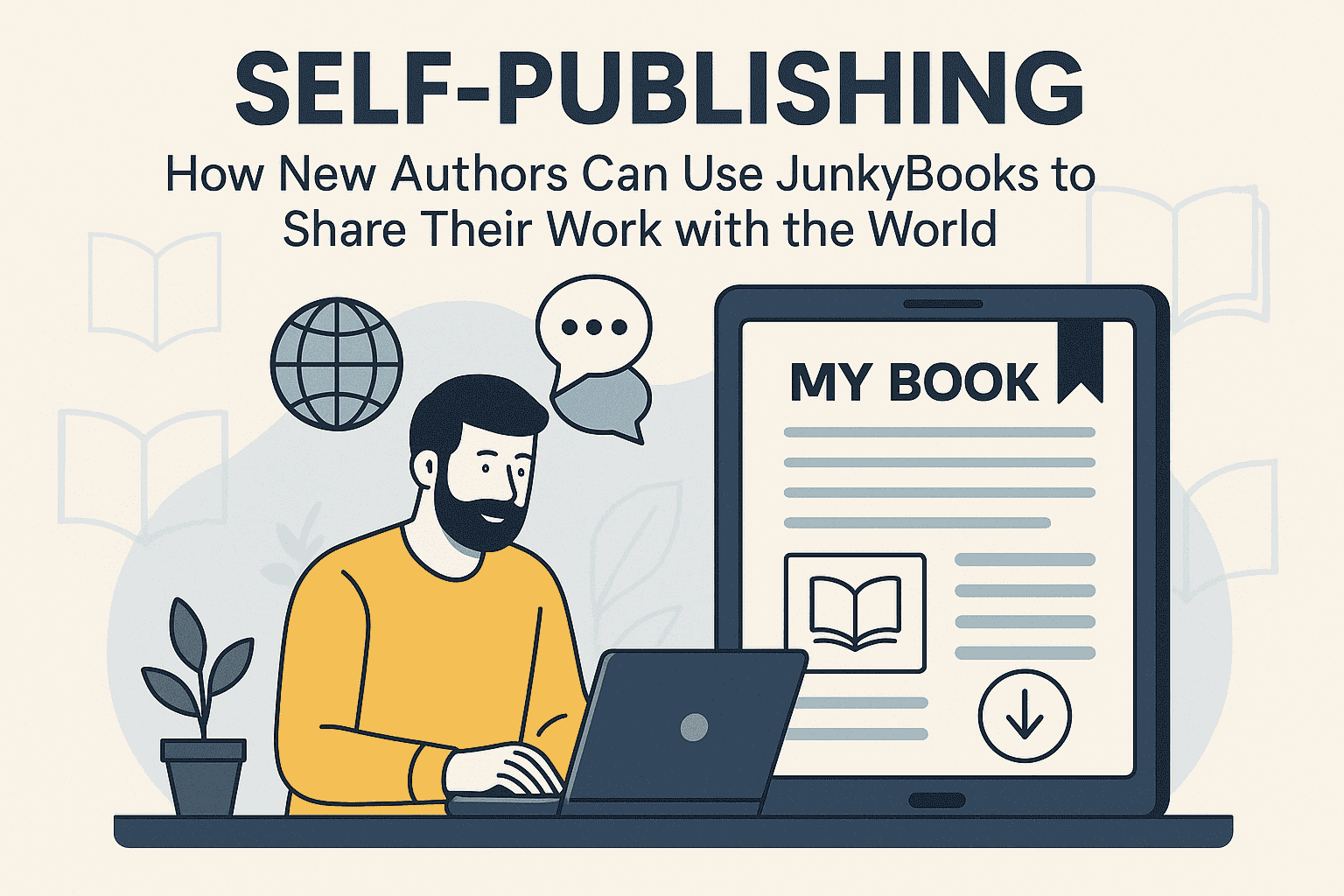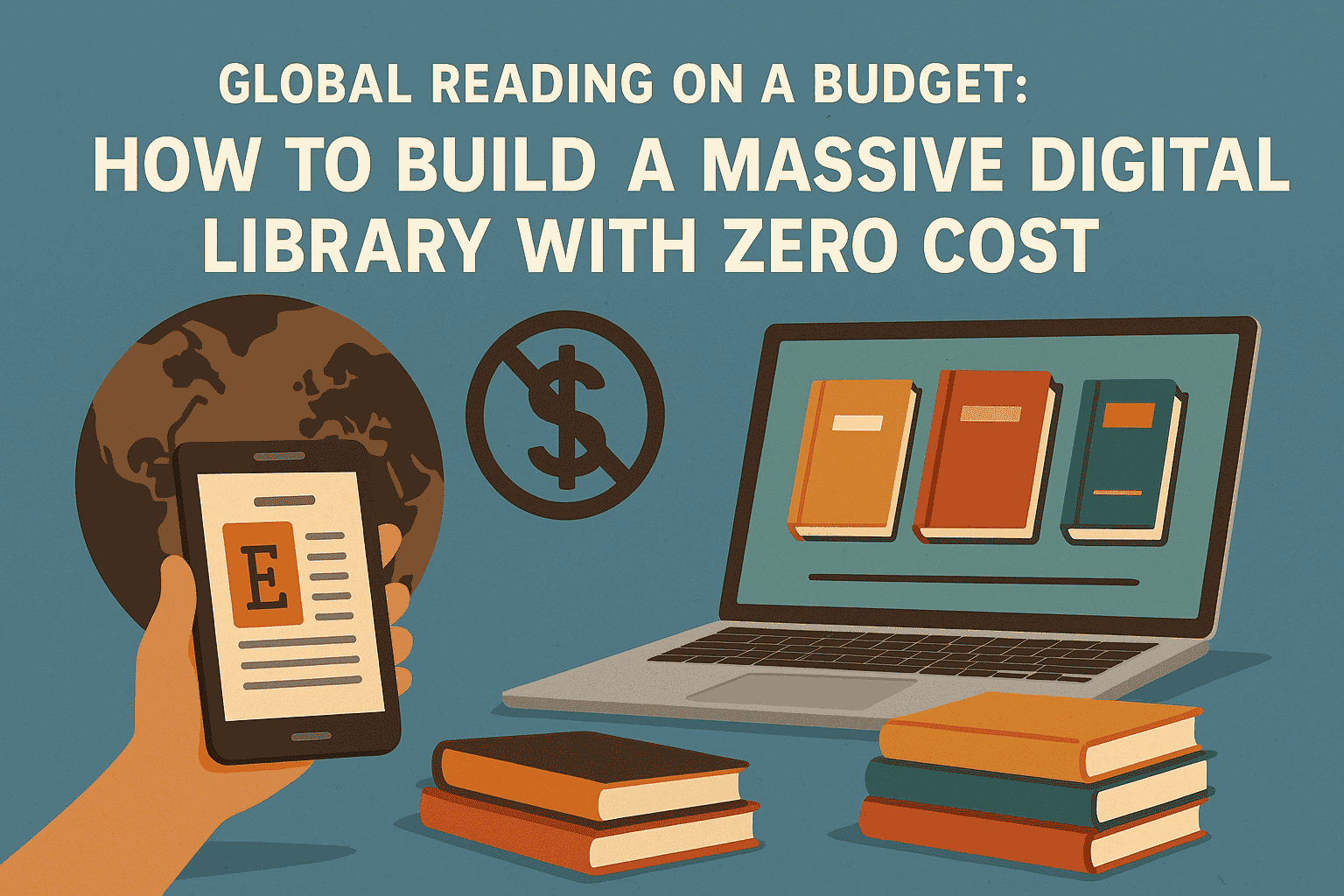How to Write a Book Proposal That Gets Noticed
If you're hoping to publish a nonfiction book with a traditional publisher, writing a strong book proposal is essential. While fiction authors typically submit completed manuscripts, nonfiction writers are often judged on the strength of their proposals. A great book proposal doesn’t just outline your book—it sells it. It convinces agents and editors that you’re the right person to write it, that there’s a clear audience for it, and that it will sell.
In today's competitive publishing landscape, a standout book proposal is your ticket in. But how do you craft one that actually gets noticed? In this guide, we’ll break down the essential elements of a winning proposal and share expert tips to help yours rise to the top of the slush pile.
Understand the Purpose of a Book Proposal
Before writing, it’s important to understand what a book proposal is—and what it isn’t. A proposal is not just a summary of your idea. It’s a marketing document, business plan, and writing sample all in one. Its job is to convince publishers to invest money and resources into your book.
A strong proposal answers three key questions:
-
Why this book?
-
Why now?
-
Why you?
Agents and publishers need to see commercial potential. They want to know that your book fills a gap in the market, speaks to a real audience, and that you’re uniquely qualified to write it.
Know Your Target Audience
One of the biggest mistakes authors make is writing a proposal without a clear audience in mind. Publishers want to know exactly who will buy your book. Are you writing for business professionals, busy moms, tech enthusiasts, or creatives?
Be specific. Saying “everyone will benefit from this book” is not persuasive. Instead, define your core reader. What are their problems, interests, and habits? Show how your book solves a particular problem or satisfies a need for that audience.
Use data if you can. Cite research, trends, or statistics that show your audience exists and is actively engaged with your topic area.
Start with a Compelling Overview
Your overview section is like the elevator pitch of your proposal. It should grab the reader’s attention and make them want to know more. This section should include:
-
A clear and concise summary of what the book is about
-
What the reader will gain from reading it
-
Why the book matters right now
Keep it between one and three pages. Use a confident tone and strong, active language. Think of this as your first impression—make it count.
Define the Market and Competitive Titles
Publishers want to know how your book fits into the existing market and how it will stand out. That’s where the “competitive titles” section comes in.
List five to ten books similar to yours and describe how yours differs. Are you offering a new perspective? Updating an outdated concept? Combining two fields in a novel way? Be respectful of existing titles, but make a clear case for why the world needs your book in addition to (or instead of) them.
This is also a good place to show awareness of trends. Is your topic currently trending on social media or in the news? Does it tap into growing movements or communities?
Share Your Author Platform
In today’s publishing world, your platform matters. A platform is your ability to reach potential readers. It includes your online following, email list, speaking engagements, media appearances, blog traffic, or podcast audience.
If you don’t have a large platform yet, don’t panic. Focus on your areas of influence and how you plan to grow them. Show that you’re proactive and willing to market your book. Mention:
-
Social media followers (Instagram, Twitter, LinkedIn, etc.)
-
Newsletter or blog subscribers
-
Media features or guest posts
-
Professional affiliations or organizations
-
Past speaking engagements or workshops
The more you can show that you have an audience ready to buy your book, the better.
Provide a Clear Chapter Outline
Your proposal should include a detailed chapter outline or table of contents. This shows that you’ve thought through the structure of the book and that you have enough material to sustain it.
Each chapter outline should include:
-
The chapter title
-
A paragraph or two summarizing the chapter’s content
-
Any key stories, examples, or takeaways the chapter will offer
Make sure the chapters flow logically and build upon each other. A well-organized outline demonstrates that your book will be cohesive and reader-friendly.
Include Sample Chapters
Most book proposals include one or two sample chapters to showcase your writing style. Choose chapters that best represent the tone, format, and value of your book. These chapters don’t have to be the first ones, but they should be polished and compelling.
Remember, these chapters act as your audition. Editors and agents will judge your voice, clarity, pacing, and ability to keep readers engaged. Take your time with them, and consider getting feedback from beta readers or writing coaches before submitting.
Highlight Your Marketing and Promotion Plan
Publishers no longer rely solely on bookstores and publicity departments to sell books. They expect authors to be active participants in promotion.
In this section, outline your marketing ideas and promotional reach. Be specific. Do you plan to:
-
Launch a podcast tour?
-
Host webinars or workshops?
-
Partner with influencers or organizations?
-
Run targeted ads or social media campaigns?
Even if you’re not a marketing expert, showing that you’ve thought seriously about promotion goes a long way. Publishers want to know you’re invested in the book’s success beyond just writing it.
Formatting and Presentation Tips
While content is king, presentation also matters. A sloppy or disorganized proposal sends the message that you may be difficult to work with or unprepared for the publishing process. Here are a few formatting tips:
-
Use a professional, clean layout
-
Include a title page with your name and contact information
-
Use standard fonts and spacing (Times New Roman or Arial, 12 pt, double-spaced)
-
Include page numbers and headers
-
Proofread thoroughly for grammar and typos
Consider creating a table of contents for your proposal so that agents and editors can quickly navigate it.
Customize for Each Submission
Just like with job applications, you should tailor your proposal to each agent or publisher. Research their preferences, past projects, and submission guidelines. Address your cover letter personally and explain why you’re submitting to them.
If an agent has previously represented similar books or expressed interest in your topic area, mention that. Customization shows professionalism and increases your chances of being taken seriously.
Don’t Skip the Query Letter
Your query letter is often the first thing an agent or editor reads, so it needs to be sharp. It should include:
-
A strong hook or summary of your book
-
A brief author bio
-
The book’s length and genre
-
Why you’re querying that particular agent or publisher
Keep it to one page and avoid gimmicks. Be respectful, professional, and confident.
Common Mistakes to Avoid
As you write your proposal, be aware of these common pitfalls:
-
Being too vague about your audience
-
Overestimating market size without proof
-
Claiming there’s no competition
-
Submitting unpolished sample chapters
-
Focusing too much on your passion and not enough on the reader’s benefit
Remember, your proposal isn’t about you—it’s about how your book will serve readers and sell in the marketplace.
Conclusion
Writing a book proposal that gets noticed is part art, part strategy. It’s not just about having a great idea—it’s about proving that your idea has commercial potential, that you have the expertise to write it, and that you’re ready to market it effectively.
Take your time with the process. Do your research, polish your writing, and think like a publisher. A well-crafted proposal not only opens doors but also helps clarify your book’s vision before you write a single chapter.
If you’re serious about getting traditionally published, learning the craft of proposal writing is one of the most important steps on your journey—and with the right strategy, your book could be the next one sitting on store shelves.







